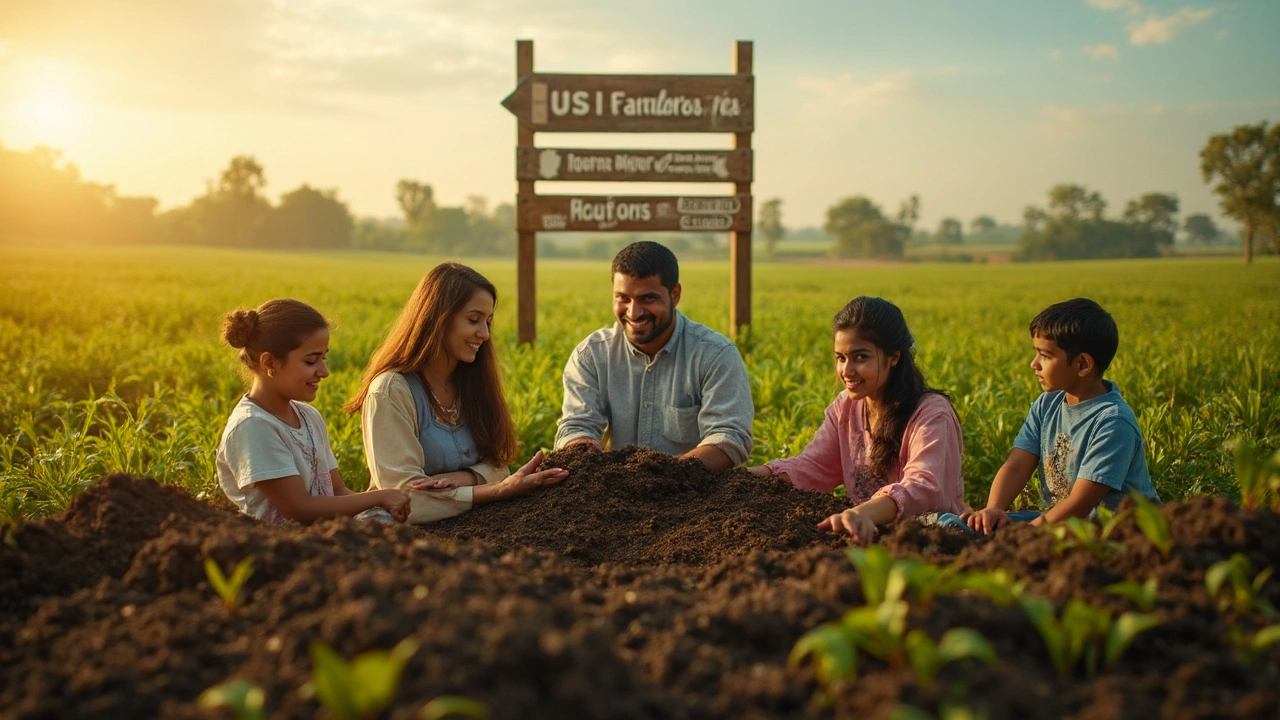Understanding Soil Quality and Why It Matters
Ever wonder why some gardens thrive while others struggle? The secret is often the soil beneath them. Soil quality is a measure of how well soil can support plant growth, hold water, and stay healthy over time. Good soil isn’t just a win for gardeners – it can raise a property's value, improve drainage for homes, and even affect local ecosystems.
What Makes Soil Quality Good?
Think of soil as a living sandwich. The top layer is organic matter – leaves, roots, and tiny creatures that break down into nutrients. Below that, you have mineral particles like sand, silt, and clay that give structure. Good quality soil has a balanced mix of these elements, enough air pockets for roots, and the right pH level to let nutrients dissolve.
Key indicators include:
- Organic content: More organic matter means more nutrients.
- Texture: Loamy soil (a mix of sand, silt, and clay) drains well while holding moisture.
- pH level: Most plants thrive between pH 6.0 and 7.5.
- Biological activity: Earthworms, microbes, and fungi signal a healthy ecosystem.
Simple Ways to Test Your Soil
You don’t need a lab to get a snapshot of soil health. A basic soil test kit from a garden store can tell you pH and basic nutrient levels. Here’s a quick routine:
- Dig a small hole about 6 inches deep and collect a handful of soil.
- Remove rocks and debris, then let the soil dry for a day.
- Follow the kit instructions – usually mixing soil with a solution and comparing color changes.
- Record the results and note any extreme readings.
For a deeper read, many local agricultural extensions offer free testing for a fee. They’ll give you a full nutrient profile and recommendations.
Once you know where you stand, improving soil is straightforward. Add compost or well‑rotted manure to boost organic matter. If the pH is off, lime raises it, while sulfur lowers it. Mulching helps retain moisture and adds material as it breaks down.
For homeowners, better soil can mean less foundation settlement and improved drainage around basements. For real‑estate investors, a well‑maintained lawn and garden can add curb appeal and increase resale value.
In short, soil quality affects everything from your tomato harvest to your house’s structural health. Test it, tweak it, and watch both plants and property flourish.
Best Soil in the US: Where Is It and Why It Matters for Land Buyers
by Arjun Mehta Jun 14 2025 0 LandThinking about buying land and wondering which US state has the best soil? This article cuts through the confusion, highlighting where you’ll find the richest dirt and why it matters for farming and investment. Get to know which states stand out, what makes their soil unique, and key tips if you’re looking to build, farm, or flip land. We’ll dig into real data and everyday examples to help you make a smart move. Soil isn’t just dirt—if you want your land to work for you, you need the right foundation.
READ MORE